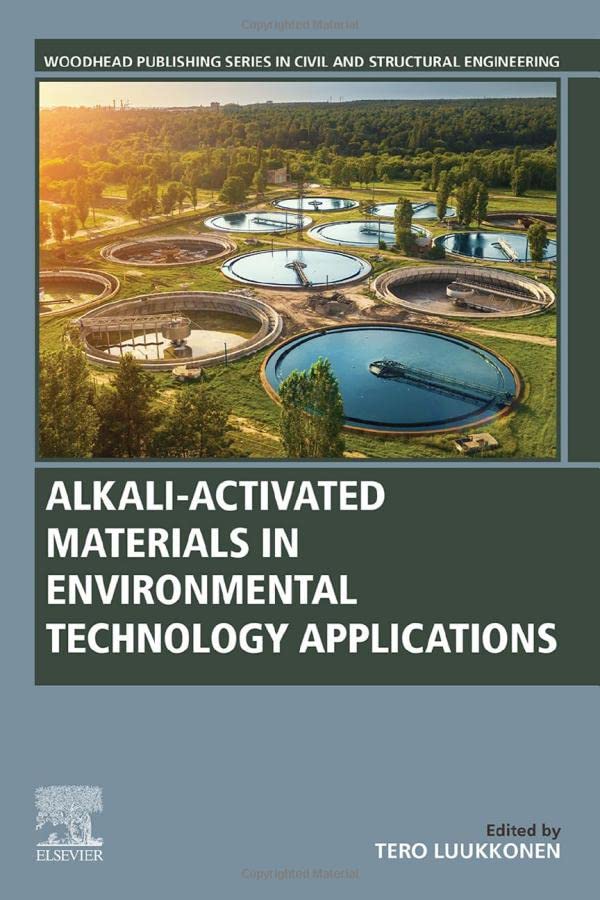

Most ebook files are in PDF format, so you can easily read them using various software such as Foxit Reader or directly on the Google Chrome browser.
Some ebook files are released by publishers in other formats such as .awz, .mobi, .epub, .fb2, etc. You may need to install specific software to read these formats on mobile/PC, such as Calibre.
Please read the tutorial at this link: https://ebookbell.com/faq
We offer FREE conversion to the popular formats you request; however, this may take some time. Therefore, right after payment, please email us, and we will try to provide the service as quickly as possible.
For some exceptional file formats or broken links (if any), please refrain from opening any disputes. Instead, email us first, and we will try to assist within a maximum of 6 hours.
EbookBell Team

4.1
40 reviewsAlkali-activated materials, including geopolymers, are being studied at an increasing pace for various high-value applications. The main drivers for this emerging interest include the low-energy, low-cost, and readily up-scalable manufacturing process; the possibility to utilize industrial wastes and by-products as raw materials; and beneficial material properties comparable to conventional materials. It has already been verified that alkali-activated materials are very versatile in environmental technology applications for pollution control. The current research in the field focuses on advanced manufacturing methods, material properties, and applications, for example, additive manufacturing, modification of surface chemistry, CO2capture, and green catalysis. Alkali-Activated Materials in Environmental Technology Applications discusses what novel possibilities alkali-activated materials provide in comparison to conventional materials (such as high-temperature ceramics, synthetic zeolites, or organic polymers). The specific environmental applications that are covered include water and wastewater treatment, air pollution control, stabilization/solidification of hazardous wastes, and catalysts in chemical processes. In addition, preparation methods, material properties, and the chemistry of alkali-activated materials are revisited from the viewpoint of environmental technology applications. This book also discusses how well alkali-activated materials fit under the concepts of green chemistry and circular economy and how the life cycle analysis of these materials compares to conventional materials.